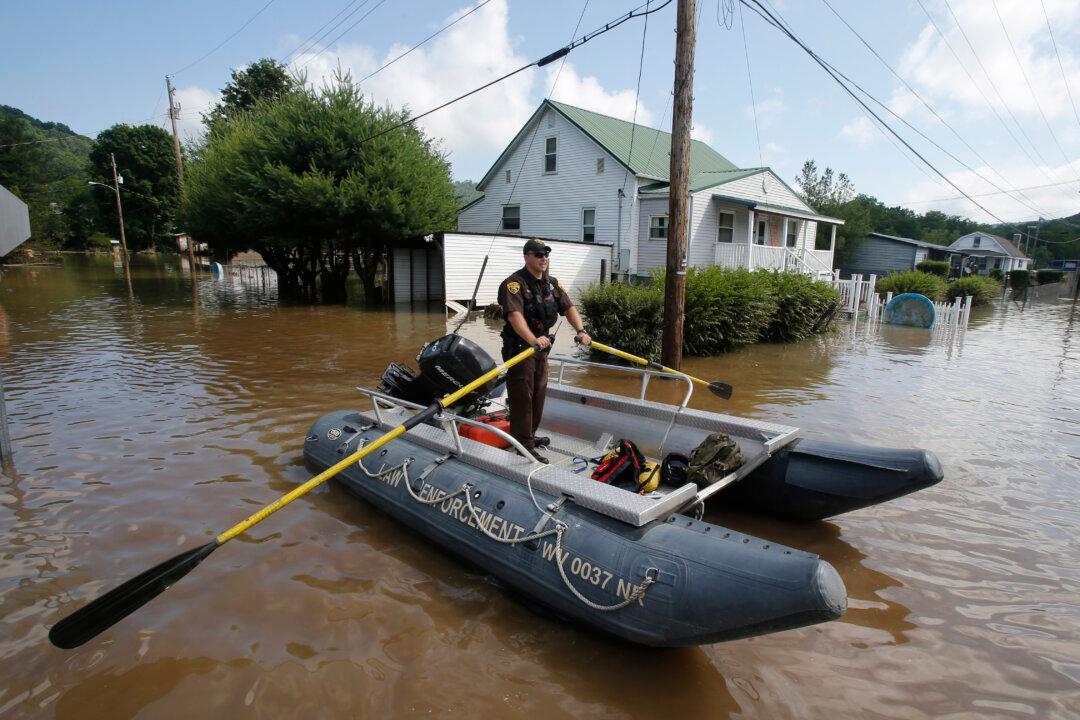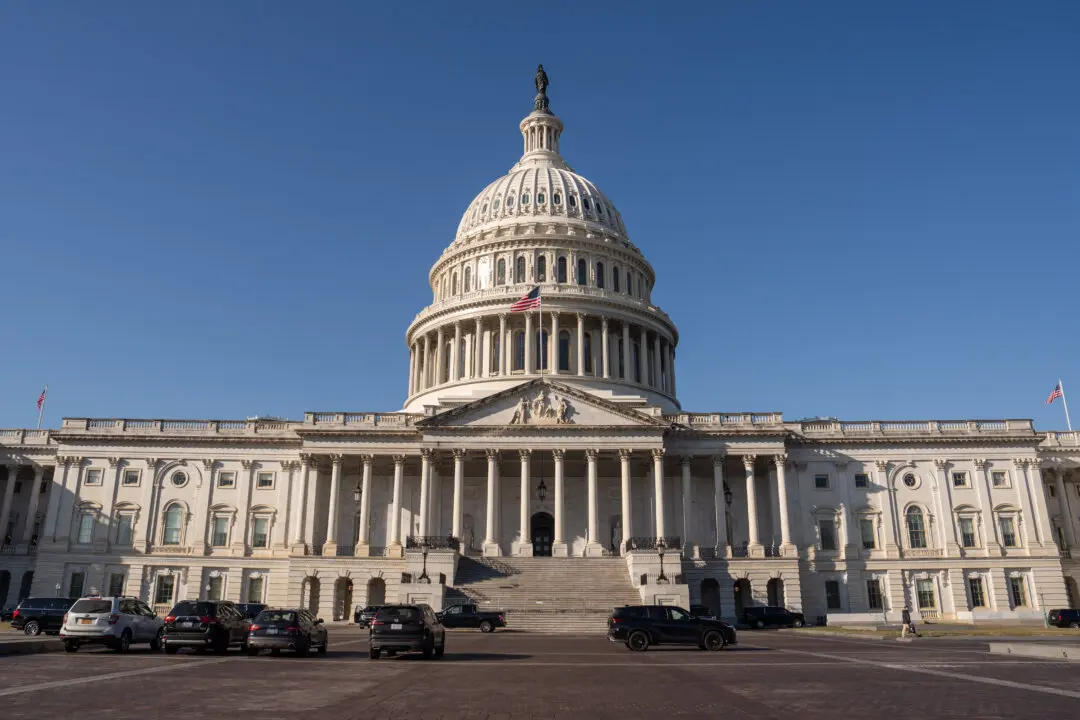The Senate has reauthorized the Water Resources Development Act (WRDA) in a unanimous Aug. 1 vote, green-lighting more than $9.8 billion in funding for water infrastructure projects across all 50 states and for more than 80 feasibility studies.
The WRDA reauthorization, issued every two years, essentially affirms that the U.S. Army Corps of Engineers will have the money to continue to work on projects already underway and initiate new ones requested by Congress.





